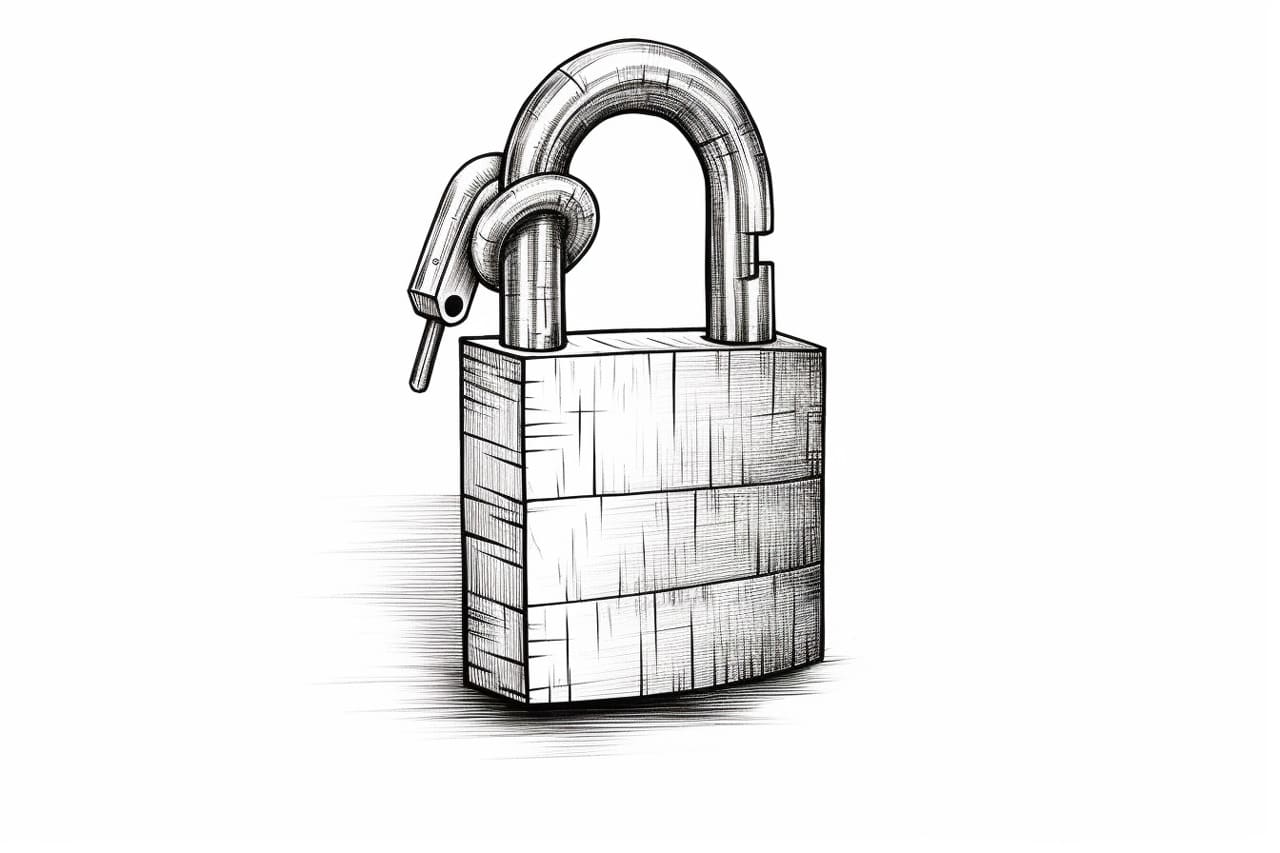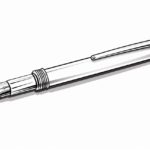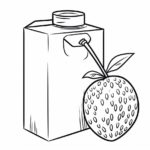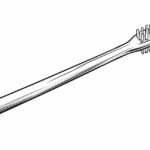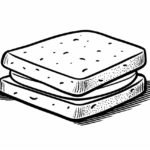Locks are an essential part of our lives, providing security and protection for our belongings. Drawing a lock can be a fascinating exercise, allowing you to capture the intricacies of this everyday object on paper. In this tutorial, we will guide you through a step-by-step process on how to draw a lock. So, grab your pencils, erasers, and paper, and let’s get started!
Materials Required
Before we begin, gather the following materials:
- Drawing paper
- Pencils (HB, 2B, and 4B)
- Eraser
- Ruler
- Compass
- Fine-tipped pen or liner
Now that we have our materials ready, let’s dive into the process of drawing a lock.
Step 1: Basic Outline
Start by drawing a vertical line using a ruler. This line will serve as the central axis for our lock. Place the line slightly to the left of the center of your paper to make room for the lock’s shackle.
Step 2: Shackle
At the top of the vertical line, draw a small horizontal rectangle. This rectangle represents the shackle of the lock. Make sure it is aligned with the vertical axis line.
Step 3: Body of the Lock
Add a larger rectangle below the shackle, parallel to it. This rectangle forms the body of the lock. Ensure that the bottom edge of the body is aligned with the bottom edge of the shackle.
Step 4: Keyhole
Draw a small circle at the center of the body, slightly below the top edge. This circle represents the keyhole of the lock.
Step 5: Locking Mechanism
To create the locking mechanism, draw a small horizontal rectangle at the bottom of the lock’s body. This rectangle should be aligned with the bottom edge of the body and extend slightly beyond it.
Step 6: Texture and Detail
Now, let’s focus on adding some texture and detail to our lock. Start by drawing two small circles at the top corners of the lock’s body, just above the shackle. These circles will serve as the attachment points for the shackle.
Step 7: Outer Frame
To give our lock a three-dimensional appearance, draw a rectangle around the entire lock, leaving some space between the lock and the frame. This frame will add depth and context to the drawing.
Step 8: Shading and Shadows
To add realism to our lock drawing, we need to focus on shading and shadows. Begin by shading the areas that are not directly hit by light. Use a 4B pencil to create smooth shading, paying attention to the edges and corners of the lock.
Step 9: Highlights
To enhance the three-dimensional effect, add highlights to the areas that are directly hit by light. Use an eraser to gently lighten these areas, creating the illusion of shine and reflection.
Step 10: Finalize the Drawing
To finalize the drawing, go over the outlines of the lock with a fine-tipped pen or liner. This will give your drawing a polished and finished look. You can also add additional details, such as small lines and dots, to enhance the overall appearance.
And there you have it! You have successfully drawn a lock from scratch. With practice, you’ll be able to draw locks of various shapes and sizes with ease.
Conclusion
Drawing a lock may seem intricate at first, but with the step-by-step instructions provided in this tutorial, you can master the art of capturing this essential everyday object. Remember to practice regularly and experiment with different lock designs to enhance your drawing skills. So, pick up your pencils and start creating your own lock drawings today!

